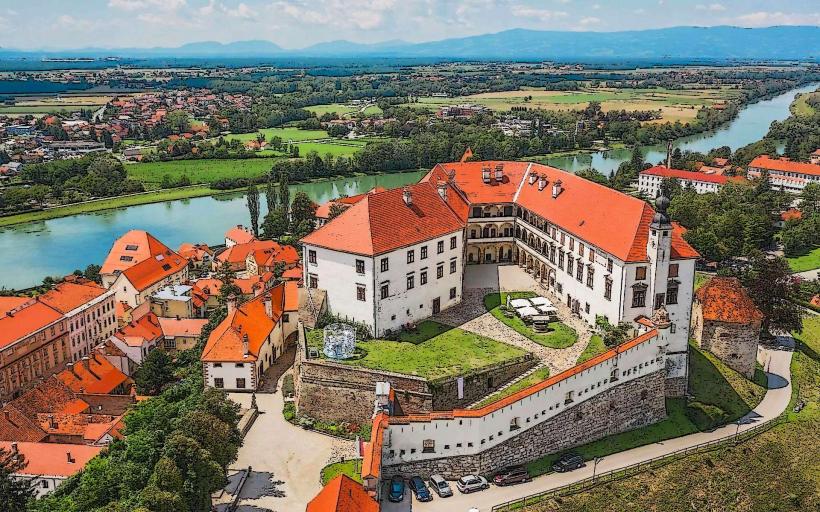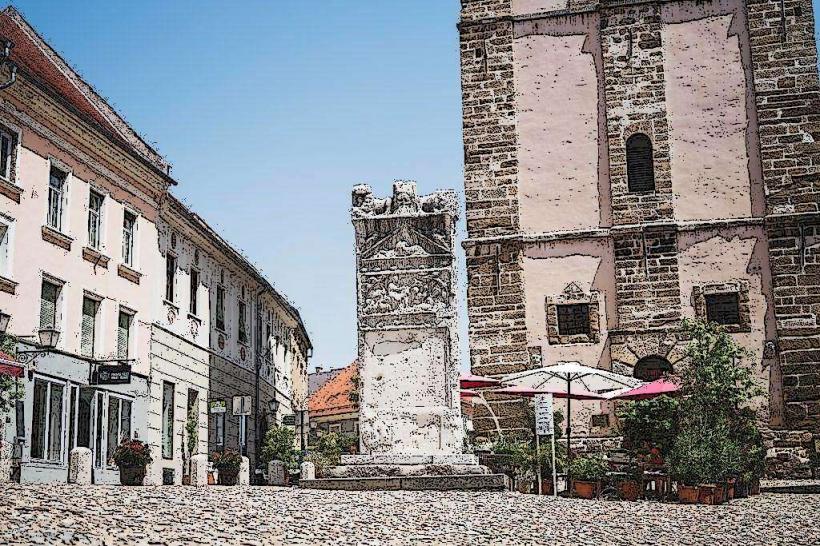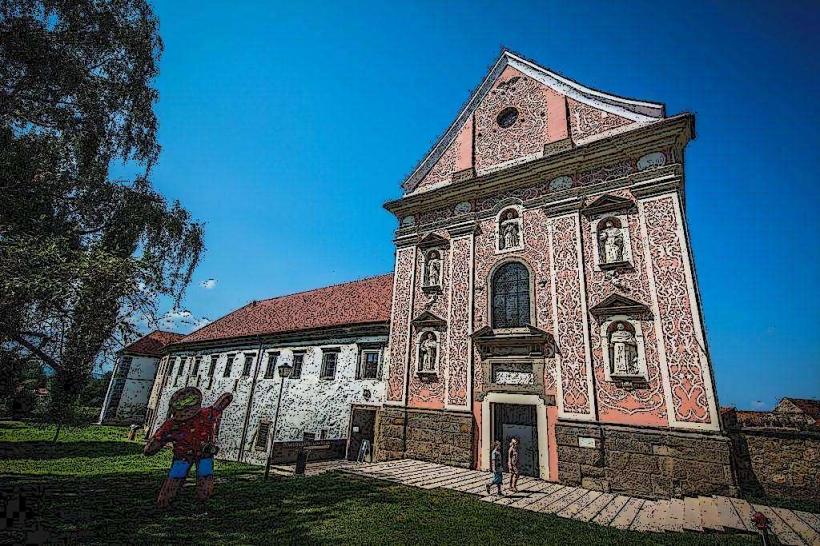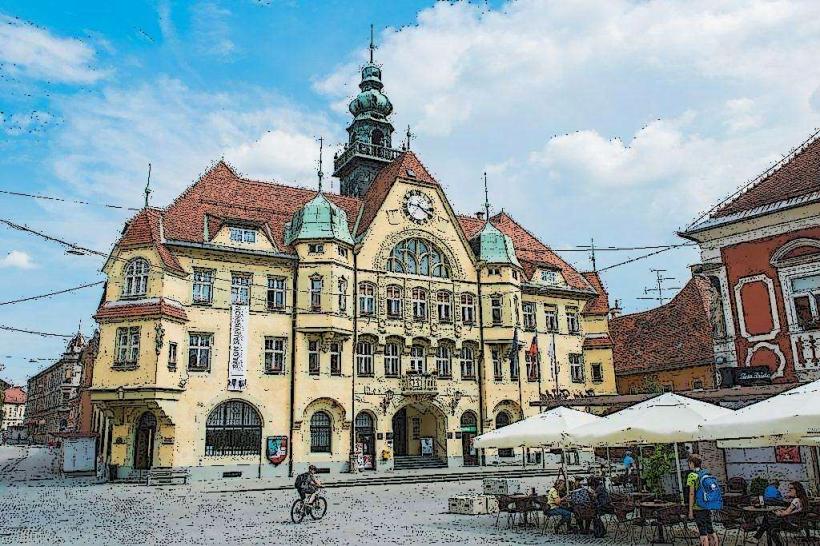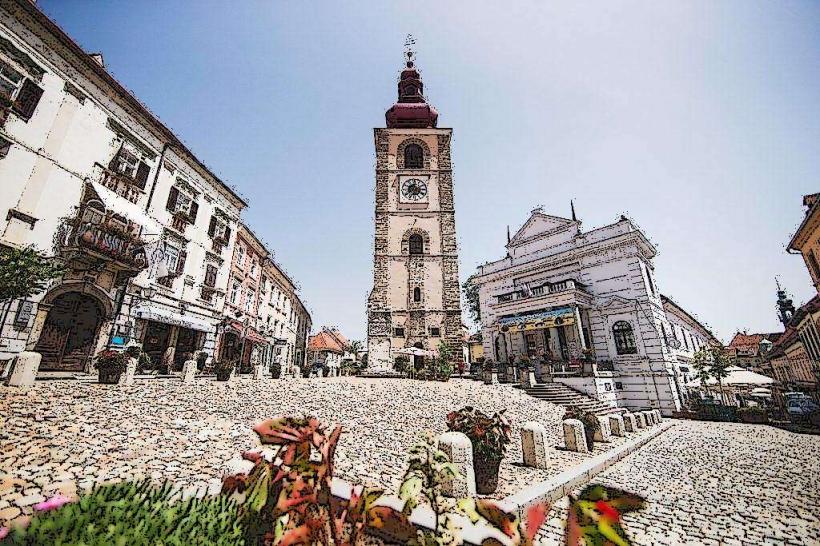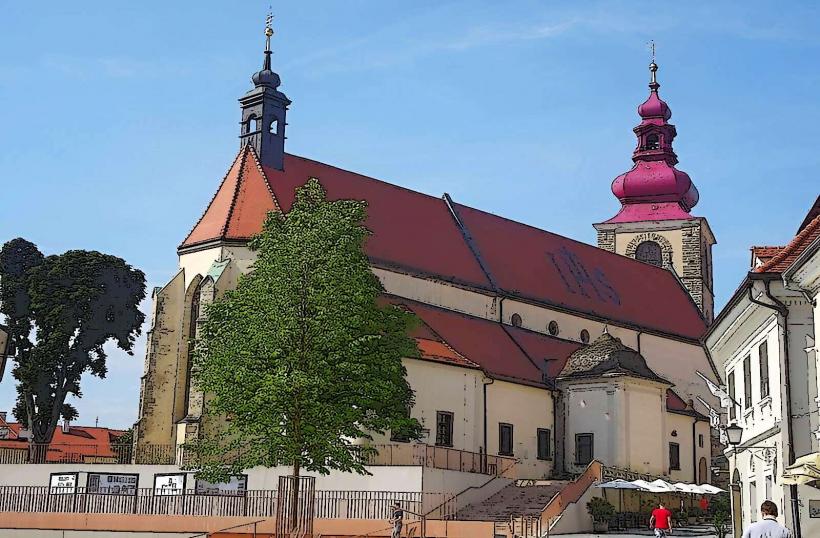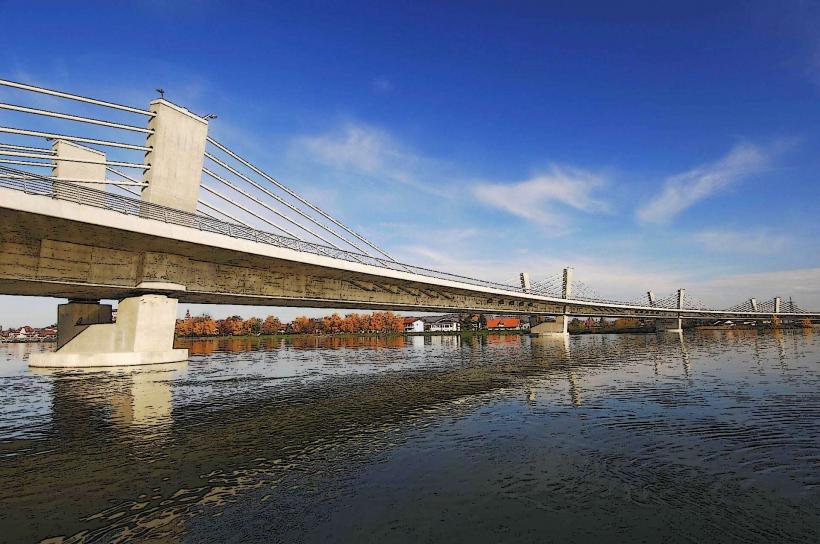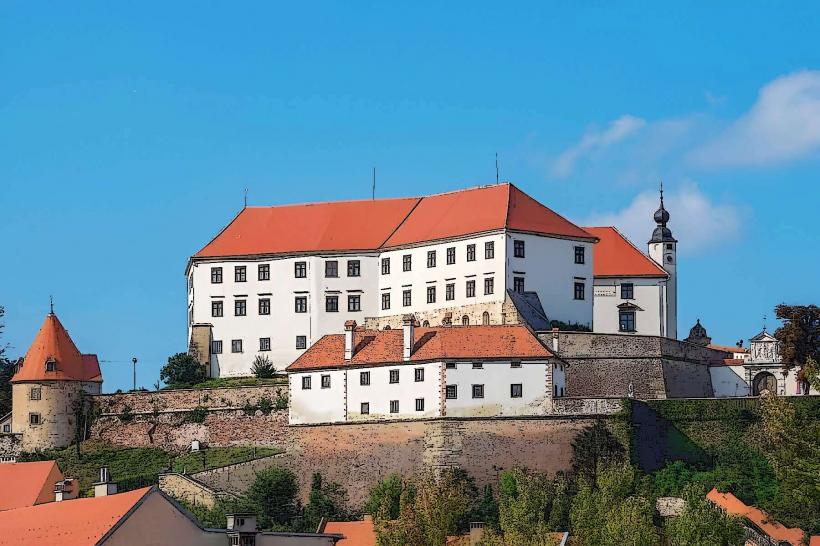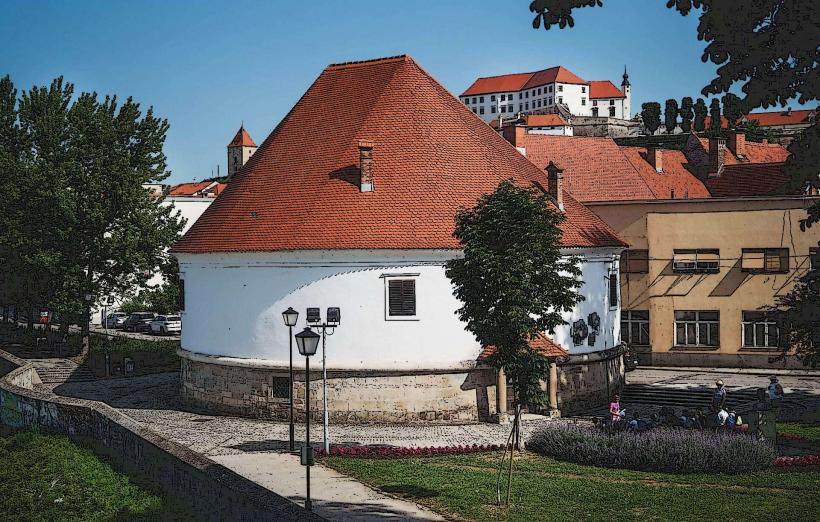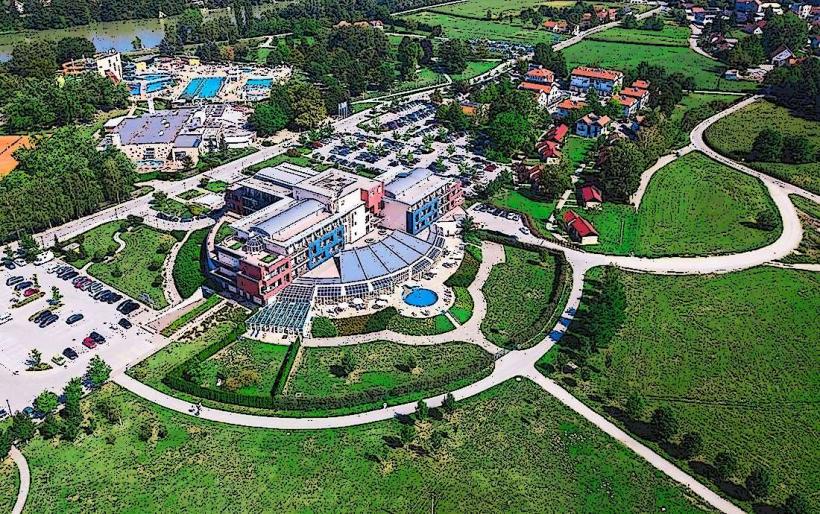Information
City: PtujCountry: Slovenia
Continent: Europe
General Overview
- Status: Ptuj is a town steeped in history, often referred to as Slovenia’s oldest settlement.
- Location: Situated in northeastern Slovenia along the Drava River, in the region of Styria (Štajerska).
- Population: Approximately 18,000 residents.
- Area: Covers about 66 square kilometers (25.5 square miles).
- Altitude: The town center lies at an elevation of 232 meters (761 feet) above sea level.
Geography
- Position: Located in the fertile Drava River Valley, surrounded by vineyards and rolling hills.
- Climate:
- Continental climate with hot summers and cold winters.
- Average summer temperatures: 25–30°C (77–86°F).
- Winter temperatures often drop to 0°C (32°F) or below, with occasional snow.
- Natural Features:
- The Drava River flows through the town, adding scenic beauty.
- Ptuj Lake, Slovenia’s largest artificial lake, lies nearby.
History
Prehistoric and Roman Era
- Settlement in Ptuj dates back to the Stone Age.
- Became a significant Roman military and trade center known as Poetovio around the 1st century AD.
- Served as a key hub on the Roman road network, with a thriving population and extensive infrastructure.
Medieval Period
- After the fall of the Roman Empire, Ptuj transitioned into a medieval town.
- Became an important trade and craft center, receiving town privileges in the 13th century.
- Ptuj Castle was constructed during this period, reinforcing its strategic and economic significance.
Modern Era
- Fell under Habsburg rule in the 16th century and became part of the Austro-Hungarian Empire.
- Retained its cultural and economic importance, particularly as a center for winemaking.
- After World War I, Ptuj became part of the Kingdom of Serbs, Croats, and Slovenes, and later Slovenia.
Economy
- Wine Production: Ptuj is renowned for its wine, especially from the Haloze and Slovenske Gorice vineyards.
- Tourism: A major economic driver, thanks to its historical attractions, cultural festivals, and thermal spas.
- Agriculture: Fertile lands in the Drava Valley support farming, particularly grapes, cereals, and vegetables.
- Crafts and Small Industries: Traditional crafts and small-scale industries contribute to the local economy.
Culture and Lifestyle
Historical Identity
- Ptuj’s rich history is evident in its well-preserved architecture, archaeological sites, and cultural traditions.
Cuisine
- Traditional Dishes:
- Prekmurska gibanica: A layered pastry with poppy seeds, walnuts, and apples.
- Kolline: Pork-based dishes common during winter feasts.
- Stews and soups, often paired with locally baked bread.
- Wine Culture: The region is famed for white wines, particularly Šipon (Furmint) and Riesling.
Festivals and Events
- Kurentovanje:
- Ptuj’s most famous event, a traditional carnival held annually before Lent.
- Features Kurenti, fur-clad figures with bells and masks, who chase away winter and bring good fortune.
- Ptuj Wine Festival: A celebration of the town’s winemaking heritage with tastings and cultural events.
- Art Stays Festival: A contemporary art festival showcasing works from Slovenian and international artists.
Natural Attractions
- Drava River:
- Offers opportunities for kayaking, fishing, and riverside walks.
- Ptuj Lake:
- A hotspot for birdwatching, water sports, and relaxing by the water.
- Haloze Hills:
- A scenic area with vineyards, hiking trails, and panoramic views.
Urban Design and Architecture
- Old Town:
- A beautifully preserved medieval center with cobblestone streets, historic facades, and charming squares.
- Ptuj Castle (Ptujski grad):
- A Renaissance castle perched on a hill overlooking the town.
- Houses the Ptuj-Ormož Regional Museum, featuring collections of weapons, musical instruments, and traditional masks.
- Town Tower (Mestni stolp):
- A Gothic tower dating back to the 14th century.
- Dominican Monastery:
- A well-preserved 13th-century monastery that now serves as a cultural and exhibition space.
- St. George’s Church (Cerkev sv. Jurija):
- A Romanesque and Gothic church with impressive frescoes and a rich history.
Transportation
- Roads and Highways: Well-connected to Maribor (approximately 27 km away) and other regional centers.
- Rail: A regional rail hub with links to other parts of Slovenia and neighboring countries.
- Buses: Local and regional bus services offer convenient transport options.
- Cycling and Walking:
- The flat terrain and scenic routes make cycling and walking popular activities.
Recreational Activities
- Thermal Spas:
- Terme Ptuj is a renowned thermal spa offering wellness treatments and water-based recreation.
- Hiking and Cycling: Trails in the Haloze Hills and along the Drava River are popular.
- Cultural Tours: Explore the town’s Roman and medieval heritage through guided tours.
- Wine Tasting: Visit local wineries for tours and tastings of regional wines.
Education and Research
- Museums and Libraries:
- Ptuj-Ormož Regional Museum offers extensive exhibits on local history, archaeology, and ethnography.
- The town library hosts community events and literary programs.
Sustainability Efforts
- Focus on preserving historical and cultural landmarks while promoting eco-friendly tourism.
- Efforts to protect the Drava River and Ptuj Lake ecosystems.
Key Features
- Rich History: Slovenia’s oldest town, with Roman roots and a medieval core.
- Wine and Festivals: Renowned for its winemaking and the unique Kurentovanje carnival.
- Scenic Beauty: A harmonious blend of historic architecture and natural surroundings.

